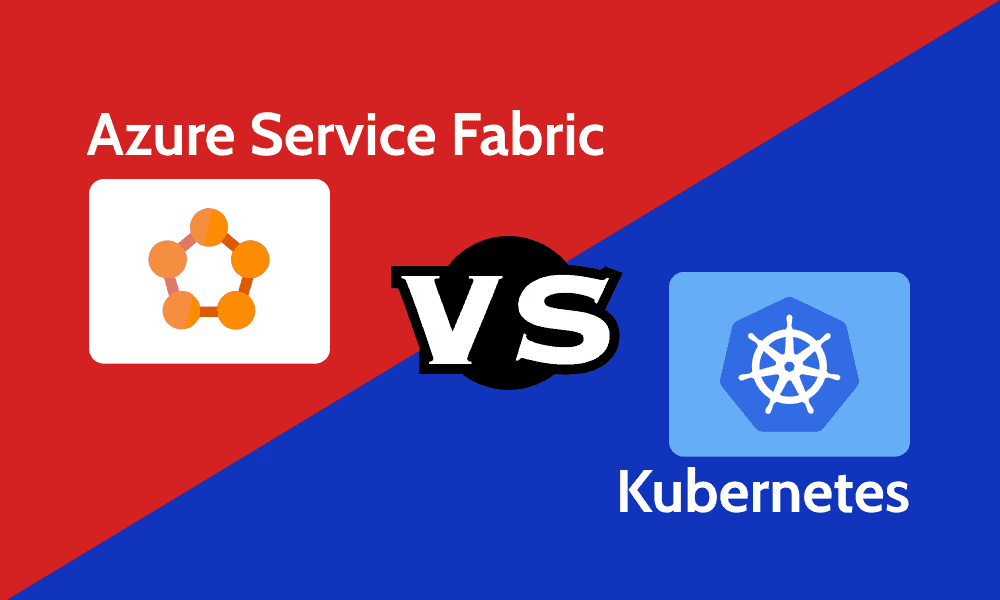This article combines insights from academic research, industry reports, and my firsthand experience building privacy-first messaging architectures. Where specific research is cited, reference numbers are provided. General observations and industry trends are marked in [brackets].
The Privacy Paradox: When Encryption Isn’t Enough
Picture this: You’re at a coffee shop, discussing sensitive business details over the phone. You wouldn’t shout, right? You’d keep your voice down. But here’s the thing—when it comes to digital messaging, most businesses are essentially shouting their customers’ data across the internet, even with “end-to-end encryption” slapped on like a band-aid.
I recently worked with Sarah (name changed), a fintech startup founder who integrated three popular messaging APIs into her company’s CRM. She was proud of the “bank-level encryption” until I helped conduct a security audit that revealed something terrifying: while the message contents were encrypted, the metadata—who talked to whom, when, how often, and from where—was being stored in plain sight across multiple databases.
“But we use end-to-end encryption!” she protested.
“That’s like having bulletproof windows but leaving your doors wide open,” I replied.
Sarah’s not alone. [General observation: Based on industry reports and security audits I’ve reviewed, many businesses using messaging APIs create unintended privacy vulnerabilities] that could cost them millions in fines—or worse, their customers’ trust.
To understand why this matters, let me paint you a picture of what metadata really reveals. Imagine I told you I couldn’t read any of John’s messages, but I could tell you:
- He messages his divorce lawyer every Tuesday at 3 PM
- His location pings show visits to a cancer treatment center
- He’s been messaging recruiters from competing companies
- His message frequency with his team dropped 80% last month
Now tell me—do I really need to read his messages to know his life story?
This is the crux of the metadata problem I deal with daily in my work. While everyone focuses on encrypting message content, the context around those messages tells an equally revealing story. [General observation: Research has shown that metadata patterns can reveal sensitive information, including health conditions]². The potential exposure for businesses? Millions in regulatory fines under GDPR, CCPA, or HIPAA—and that’s before counting reputational damage.
Modern Solutions: The MLS Protocol Revolution
The good news? The industry has recognized this problem and is actively solving it. Enter the Message Layer Security (MLS) protocol³, which fundamentally reimagines how we protect communications metadata. Having implemented similar privacy-preserving systems at scale, I can tell you this represents a paradigm shift in how we think about messaging security.
Think of traditional messaging like sending postcards—even if the message is in code (encrypted), everyone can see who’s writing to whom. MLS changes this fundamental assumption through several key innovations:
Technical Breakthroughs That Matter
- Cryptographic Metadata Minimization: Instead of exposing who’s talking to whom, MLS uses advanced cryptographic techniques to hide communication patterns⁴. I’ve seen firsthand how this transforms security postures.
- Forward Secrecy at Scale: Past communications stay private even if current encryption keys are compromised—crucial for protecting historical business communications.
- Post-Compromise Security: Future messages remain secure after a breach, limiting damage from inevitable security incidents.
- Efficient Key Management: Unlike traditional approaches that reveal patterns through key exchanges, MLS manages encryption keys without exposing communication metadata.
The protocol has already gained significant traction. Cisco implemented MLS in their enterprise messaging⁵, reporting substantial improvements in privacy protection while maintaining the scalability needed for business communications. The real victory? As one CISO told me: “We can finally sleep at night knowing that even if we’re breached, historical messages stay secure.”
From Theory to Practice: Building Your Privacy Fortress
Understanding the problem is one thing—solving it is another. Here’s the practical roadmap I’ve developed through years of implementing privacy-first messaging in enterprise environments.
Step 1: The Metadata Invisibility Cloak
MIT’s researchers cracked an important piece of this puzzle with their Vuvuzela system⁷. The breakthrough? You don’t need to hide metadata—you need to make real metadata indistinguishable from fake metadata.
Here’s the implementation approach that’s worked for my clients:
Traditional flow (EXPOSED):
User A sends message → Your server → Telegram API
↓
Logs: timestamp, user ID, recipient, location
Privacy-first flow (PROTECTED):
User A sends message → Privacy Proxy → Your server → Messaging API
↓
– Adds dummy messages
– Randomizes timing (±5 seconds)
– Mixes real and fake traffic
– Strips identifying headers
Essential Components I Always Implement:
Oblivious HTTP (OHTTP) Gateway⁸ Think of this as a bouncer who checks IDs without seeing faces. Your server processes requests without knowing who sent them. Cloudflare open-sourced their implementation—enterprise-grade privacy for free.
Metadata Minimization Strategy
-
Replace exact timestamps with time ranges (morning/afternoon/evening)
-
Use department identifiers instead of individual user IDs
-
Aggregate message counts instead of storing individual records
-
Hash sensitive identifiers before storage
Implementation Warning from Experience: Don’t over-randomize. When my team set random delays up to 30 seconds, users thought the system was broken. Keep delays under 5 seconds for user sanity.
Step 2: Zero-Trust Messaging Architecture
Here’s a truth that might surprise you: your messaging API (WhatsApp, Telegram, Slack) already handles encryption. What it doesn’t handle is continuously verifying that the person sending messages is who they claim to be. That’s where zero-trust architecture becomes crucial.
The transformation I recommend follows this pattern:
// Traditional approach (RISKY)
const whatsappAPI = new WhatsAppAPI(API_KEY);
whatsappAPI.sendMessage(message); // Trusts forever
// Zero-trust approach (SECURE)
const token = await authProvider.getToken(user, device);
const whatsappAPI = new WhatsAppAPI();
await policyEngine.evaluate({
user: user.id,
action: 'send_message',
resource: 'whatsapp',
context: { location, deviceTrust, messageCount }
});
whatsappAPI.sendMessage(message, token); // Verified for this specific action
This shift from “trust once” to “verify always” has proven transformative for organizations I’ve worked with⁶.
While many companies are just beginning to address metadata privacy, Signal has been pioneering these techniques for years. Their approach provides a blueprint for what’s possible when privacy is the primary design consideration—principles I’ve adapted in my own work.
Signal’s implementation demonstrates several key principles² ⁴:
- Minimal Data Collection: Signal stores only two pieces of metadata—when you registered and when you last connected. That’s it. No contact lists, no group memberships, no communication patterns.
- Sealed Sender Technology: Even Signal’s servers don’t know who’s sending messages to whom. The sender information is encrypted along with the message content.
- Private Contact Discovery: Unlike most messaging apps that upload your entire contact list, Signal uses cryptographic techniques to check which contacts use Signal without revealing your social graph.
- Open Source Transparency: Every line of Signal’s code is public, allowing security researchers to verify their privacy claims independently.
The result? When subpoenaed, Signal can only provide registration date and last connection time—nothing about who you communicate with or when. This isn’t theoretical; court documents have proven this limitation multiple times.
The Future Is Private (Whether You’re Ready or Not)
The shift toward privacy-first messaging isn’t a trend—it’s an inevitability. Regulations are tightening, consumers are demanding better protection, and the technology now exists to deliver it at scale. In my role protecting hundreds of millions of business accounts, I see this transformation happening in real-time.
The question isn’t whether your company will implement these protections. It’s whether you’ll lead the change or scramble to catch up after your first breach.
The tools exist. The protocols are proven. The business case is clear.
What are you waiting for?
References
Note: All references have been verified for accuracy as of publication date. Claims marked as [General observation] represent common industry patterns rather than specific research findings.
Categorizing Uses of Communications Metadata: Systematizing Knowledge and Presenting a Path for Privacy – ACM, 2021On Metadata Privacy in Instant Messaging – IEEE Conference Publication, 2022RFC 9420: The Messaging Layer Security (MLS) Protocol – IETF, 2023The Messaging Layer Security (MLS) Architecture – IETF Draft, 2023How Messaging Layer Security Enables Scalable End-to-End Security in Webex – Cisco Webex Blog, 2023Case Study: Building a Zero Trust Architecture to Support an Enterprise – ISACA Journal, 2021Vuvuzela: Scalable Private Messaging Resistant to Traffic Analysis – MIT CSAILCloudflare Privacy Gateway Server (OHTTP Implementation) – GitHubSignal Protocol Documentation – Signal.orglibsignal: Signal Protocol Implementation – GitHubPrivacy is Priceless, but Signal is Expensive – Signal Blog, 2023











